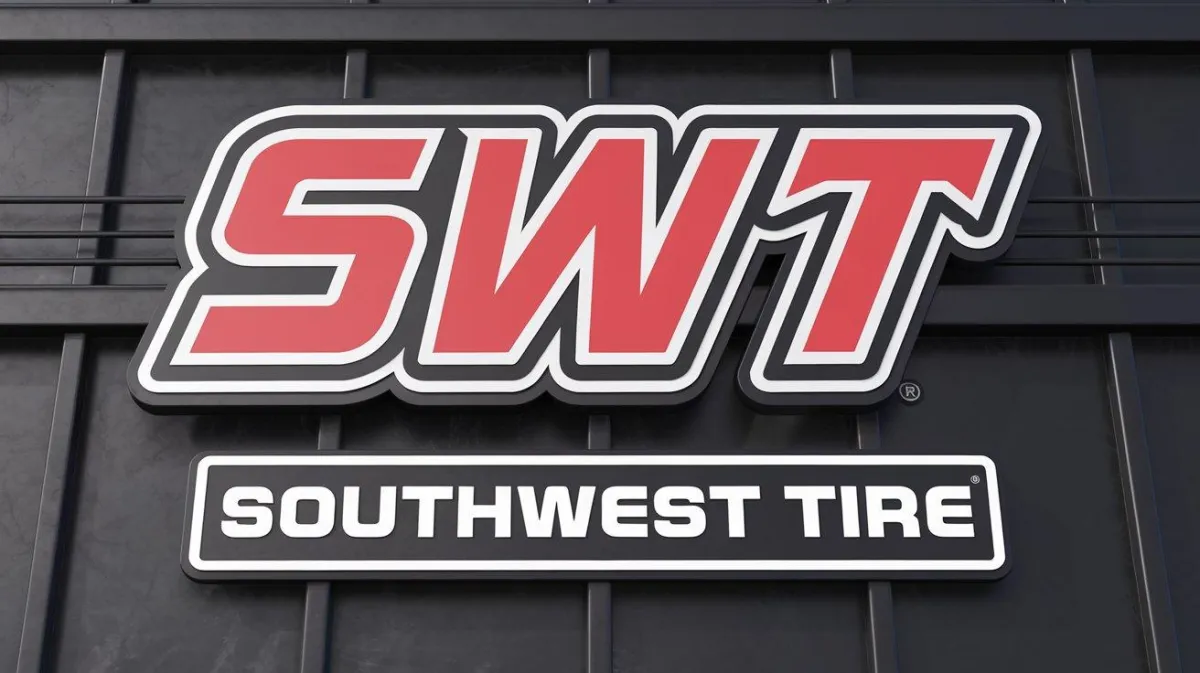Our Latest Articles

When is it a good time to change your tires
Ensuring your vehicle's tires are in optimal condition is crucial for safety and performance. Recognizing the right time to replace them can prevent potential hazards and enhance driving efficiency. Here are key indicators that signal it's time for new tires:
Key Indicators
1. Tread Depth Adequate tread depth is essential for maintaining traction, especially on wet or slippery roads. A common method to assess tread depth is the "penny test": Penny Test: Insert a penny into the tire's tread groove with Lincoln's head facing down. If you can see the top of Lincoln's head, it's a clear sign that your tread is too worn, and the tires should be replaced. Additionally, many tires come equipped with tread wear indicators—raised bars that become flush with the tire's surface as the tread wears down. When these bars are visible, it's time for new tires.
2. Age of the Tires Over time, tire materials degrade due to factors like exposure to sunlight, temperature fluctuations, and general wear. Even if the tread appears sufficient, aging tires can pose risks. Most manufacturers recommend replacing tires every six years, regardless of mileage. To determine your tire's age, check the Department of Transportation (DOT) code on the sidewall; the last four digits indicate the week and year of manufacture.
3. Visible Signs of Damage Regularly inspect your tires for physical damage, such as: Cracks or Bulges: These can result from impact damage or prolonged underinflation. Punctures: Small punctures can often be repaired, but larger ones or those in the sidewall typically require tire replacement. If you notice any of these issues, it's advisable to consult a tire professional promptly.
4. Vibration or Uneven Wear Experiencing unusual vibrations while driving can indicate tire problems or alignment issues. Similarly, uneven tread wear might suggest misalignment, improper inflation, or suspension concerns. Addressing these issues early can prevent premature tire replacement and enhance vehicle safety.
5. Seasonal Considerations For those using specialized tires, such as winter tires, it's essential to replace them as seasons change. Winter tires, designed for cold conditions, may wear faster in warmer temperatures, reducing their effectiveness. In conclusion, proactive tire maintenance and timely replacements are vital for safe driving.
Conclusion
Regularly inspect your tires, be attentive to changes in performance, and consult professionals when in doubt. Prioritizing tire health not only ensures safety but also optimizes vehicle performance and fuel efficiency.


We’re dedicated to keeping you safe on the road with top-quality tires and expert service. Visit us for all your tire needs and experience the difference. Drive confidently, knowing we’ve got you covered every mile of the way.
CONTACT US
We’re available by phone - (830) 778-2060
Opening Hours: Monday till Saturday 8am to 6pm EST
Opening Hours: Sunday 8am to 3pm
HELP & SUPPORT
Size Guide
CUSTOMER CARE
FAQs
Terms of Service
Privacy Policy
Contact Us
COMPANY INFO
About Us
Careers
Testimonial
Site Created by - ReorientDynamicsLLC
